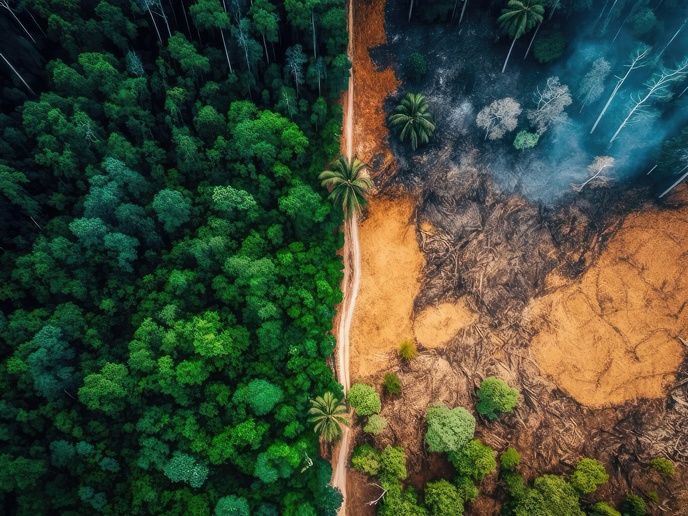When forests go, so does the rain
The tropics are rapidly losing their forests, warming the climate locally and globally and affecting precipitation. Research on the Amazon has shown that small-scale deforestation increases rainfall frequency, yet at larger scales leads to a drop in rainfall. However, going beyond case studies such as this, exactly how does the loss of tree cover affect rainfall across different spatial scales? Researchers supported by the EU-funded DECAF(opens in new window) project have now proven that deforestation does in fact lead to large reductions in rainfall across the tropics. The research team used data from satellites, weather stations and the reanalysis of past weather forecasts rerun with modern weather forecasting models to assess how forest loss affected rainfall across the tropics between 2003 and 2017. They found that the decrease in precipitation became more pronounced at larger scales. Their study(opens in new window) was published in the journal ‘Nature’. The effects of deforestation were analysed for the Amazon, the Congo and south-east Asia. According to the study, at the current rate of deforestation, the Congo could have 1.5 mm less rainfall and south-east Asia 2.4 mm less rainfall per month by 2100. This could drastically impact biodiversity and farming and also jeopardise the survival of these forests.
All seasons affected
Lower rainfall was not limited to one season. The researchers found that forest loss in the tropics reduced precipitation throughout the year, even in the dry season, with the biggest drop in rainfall occurring in the wet season. For every percentage point loss of forest cover, there was 0.6 mm less rainfall per month. In the Amazon, this amount of monthly rainfall was lost during the transition season, which lasts around 6 months of the year. “Tropical forests play a critical role in the hydrological cycle through helping to maintain local and regional rainfall patterns,” states study lead author and PhD researcher Callum Smith of DECAF project host University of Leeds, United Kingdom, in a news item(opens in new window) posted on the ‘AZoCleantech’ website. “The reduction in rainfall caused by tropical deforestation will impact people living nearby through increased water scarcity and depressed crop yields. Tropical forests themselves rely on moisture to survive and remaining areas of forest will be impacted by a drier climate.” What does this mean for society and future tropical forest sustainability? According to the researchers, this could lead to lower crop yields, while also increasing the risk of forest fires and decreasing the storage of CO2 captured from the atmosphere. Study senior author Prof. Dominick Spracklen, also from the University of Leeds and supervisor of DECAF (Deforestation – Climate –Atmospheric composition – Fire interactions and feedbacks), concludes: “Local people living near deforested regions often report a hotter and drier climate after the forests are cleared. But until now this effect had not been seen in rainfall observations. The study shows the critical importance of tropical forests in sustaining rainfall. Although there have been efforts to halt deforestation, the loss of forest cover in the tropics has continued. There needs to be renewed efforts to stop forests being lost and to regenerate lost and degraded areas.” For more information, please see: DECAF project web page(opens in new window)



